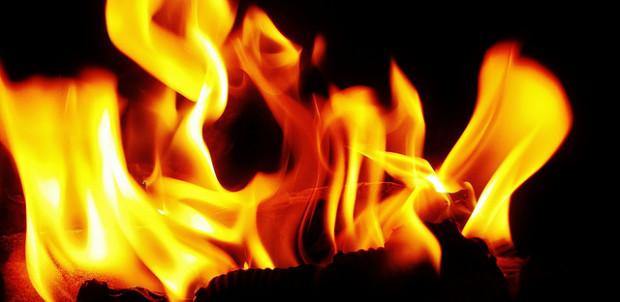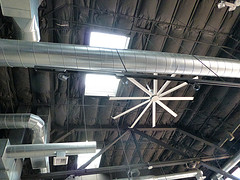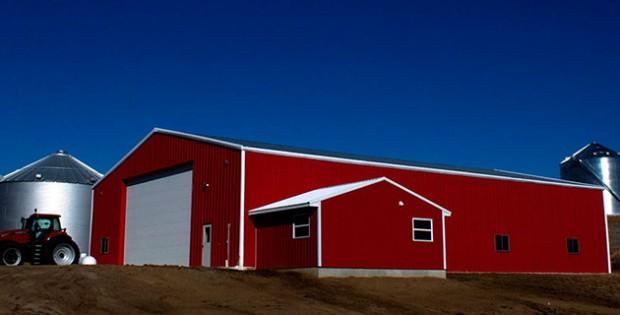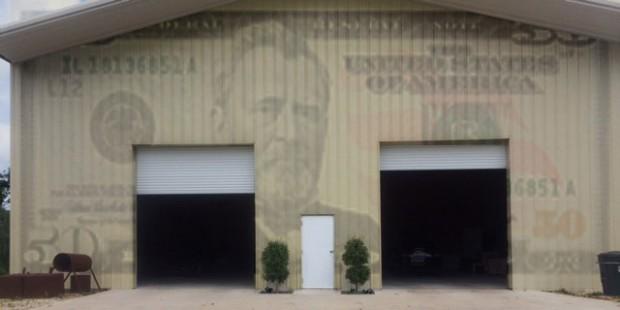Controlling the Temperature in Metal Buildings

You have questions when it comes to your metal building. That’s perfectly fine, because I have answers.
When it comes to heating and cooling a metal building, I get a lot of questions from concerned clients that don’t know where to begin. While there are several design options to consider, my main goal is to work with you and find what best suits your requirements.
First, do you need these systems? One of the advantages of metal buildings is its energy efficiency compared to wood frame buildings, and can lead to significant cost savings on heating down the road. If you’re considering a steel building, heating may be a necessity depending on where you live.
Take a look at your vision and determine how you will be using your metal building. Do you have a small steel garage, a residential building or a commercial application?
I ask because HVAC and heating is different for each individual project, and depending on the answer, could affect how we continue with the design. Steel garages or workshops usually only require a small stand up heater, but commercial structures need a heating system and, generally, a sprinkler system. For instance, most of our buildings are sold with a one pound per square foot collateral load. That figure refers to the amount of weight that can be hung from the ceiling or put on the roof. If ductwork for HVAC and heating is involved, then that number needs to be increased. Another increase is in the collateral load needed, and we might need to slightly change the structure of the building to comply with county energy codes.
Another important point to consider in your metal building is insulation. I almost always recommend some kind of insulation for our steel buildings. Sometimes it could be the only heating system needed depending on the natural ways of conserving energy. We use insulation packages based on thickness. Insulation is measured in R-Value. The R-value measures how well the insulation can resist heat. Insulation with a higher R-value will outperform insulation with a lower R-value. Good metal building insulation has a high R-value and eliminates condensation. Our insulation systems are specifically designed to pick up the excess moisture, so you won’t have to deal with droplets of water on the floor or on your most prized possessions. Good insulation is not affected by humidity, installs easily, is a radiant heat and vapor barrier, and is recognized for its energy efficiency.
If you’re looking for more cost effective ways to heat your metal building, think about specifics. Which way does the building face? South-facing windows invite more heat into the building. In the summer, you can deflect heat with a light shutter or drapery.
Don’t forget that lighting can add heat to your building. If you aren’t interested in the extra heat, explore energy efficient lighting like LED’s that run cooler than incandescent or fluorescent lights.
Considering a metal building? Check out other First Time Builder resources.
Photo courtesy: Thomas’ Pics, mlinksva, Michael CaseyPopular Posts

Will Adding a Steel Building Increase My Property Value?
I’ve seen steel buildings increase in popularity every day because builders use these durable, versatile and flexible construction solutions in every application. Not only have homeowners utilized a steel building for residential purposes, but builders have also made additions to their existing property. No doubt that a steel building garage will increase the value of a home,… …

Steel Building Quotes: Get a Grasp on Prices and Estimates
What is the first step of a steel building project, or any construction project for that matter? After you decide to add a new garage, agricultural or commercial building to your property, you’ll most likely start contacting steel building manufacturers for steel building quotes. From there, you can create a timeline for yourself and develop… …

4 Important Factors That Will Impact Your Steel Building Cost
For the past decade, the steel industry has undergone many transformations, and in effect it’s changed the way the construction industry views steel buildings. While the steel itself has been around for hundreds of years, designers and owners of metal buildings are seeing many increased benefits. Because of streamlined processes at manufacturers, energy saving paints… …